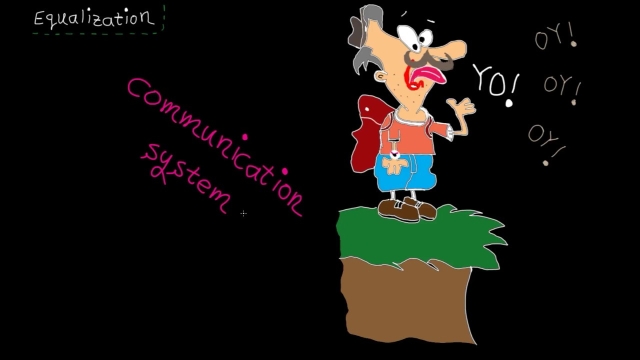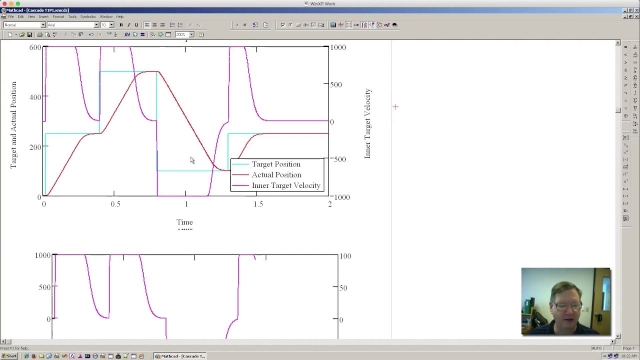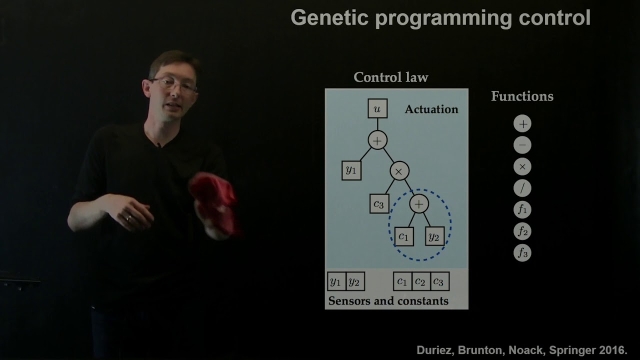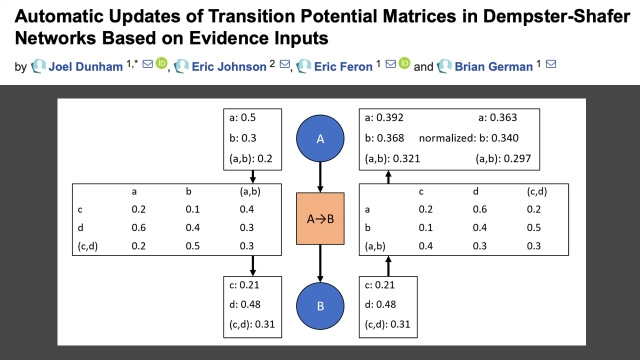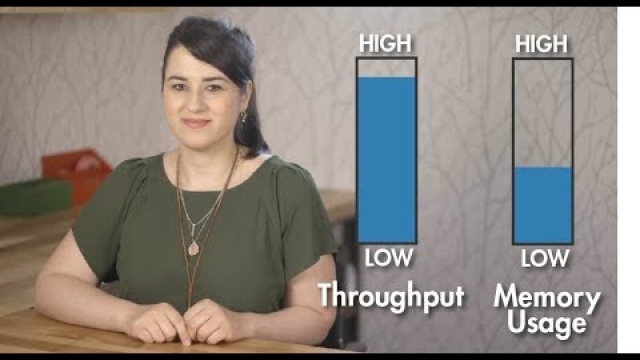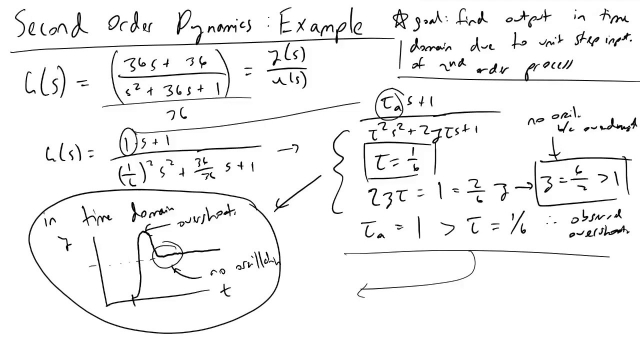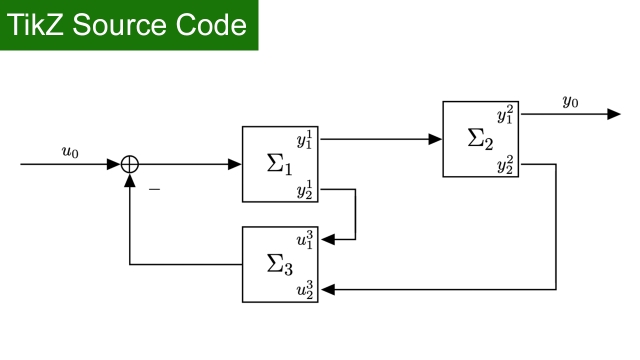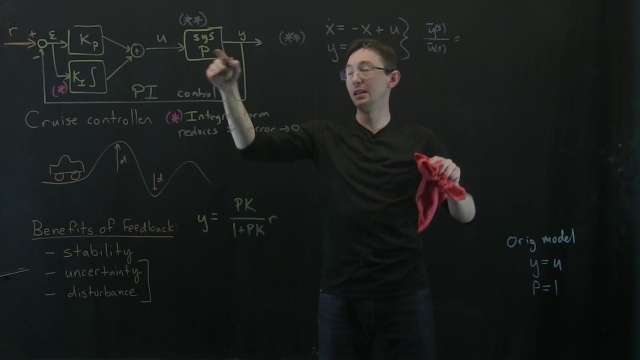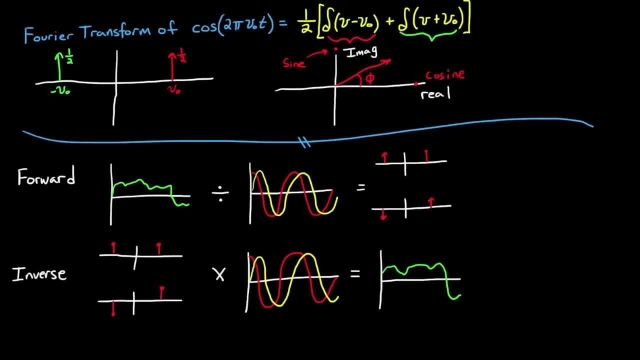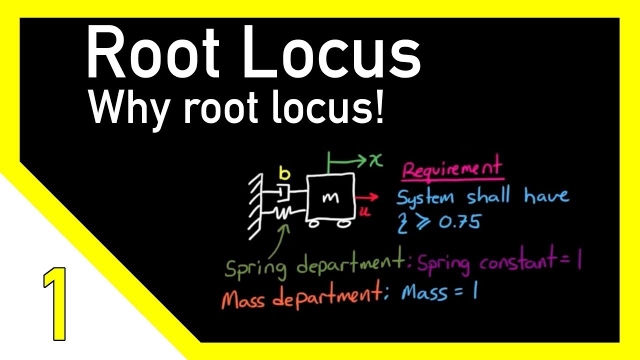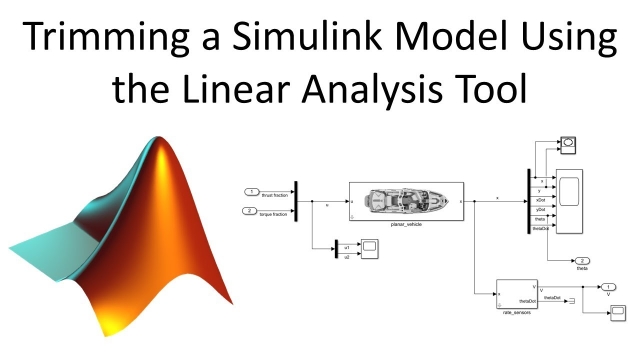
Numerically Linearizing a Dynamic System
In this video we show how to linearize a dynamic system using numerical techniques. In other words, the linearization process does not require an analytical...
See MoreControl Systems with MATLAB - Root Locus
Partial Fraction Expansion/Decomposition
In this video we discuss how to perform partial fraction expansion (PFE) to rewrite a ratio of polynomials as simpler expressions. Topics and time stamps:(0...
See MoreUnderstanding Sensor Fusion and Tracking, Part 4: Tracking a Single Object W...
This video describes how we can improve tracking a single object by estimating state with an interacting multiple model filter. We will build up some intuition about the IMM filter and show...
See MoreBode Plots of Complex Transfer Functions
In this video we discuss how to generate a bode plot of a complex transfer function by decomposing it into the individual components. We then show how one c...
See MoreVelocity & Acceleration in Non-Inertial Reference Frames (Coriolis &...
In this video we derive a mathematical description of velocity and acceleration in non-inertial reference frame. We examine the effect of fictitious forces ...
See MoreMachine Learning Course by Andrew Ng
A very comprehensive and detailed course in machine learning , best suited for beginners with knowledge of high school linear mathematics.
See MoreControl Bootcamp: Laplace Transforms and the Transfer Function
Here we show how to compute the transfer function using the Laplace transform.
See MoreLaplace domain – tutorial 1: Laplace transform
In this video, we learn about Laplace transform which enables us to travel from time to the Laplace domain. The following materials are covered:1) why we nee...
See MoreFrequency domain – tutorial 8: frequency spectra
In this video, we learn about frequency spectra which can be divided into two parts: phase and magnitude spectrum. Some examples will be provided to practice...
See MoreControllability [Control Bootcamp]
This lecture explores when a linear system is controllable. We begin with the simple test in terms of the rank of the controllability matrix on a few intuitive examples.
See MoreFrequency domain – tutorial 11: equalization
In this video, we learn about equalization technique which is used in communication systems to compensate for the destructive effect of the channel between t...
See MorePeter Ponders PID - Cascade Control Part1
I cover whether cascade control is necessary. Why there needs to be a feed back for every loop. How to calculate gains. Bode plots and ratio of the inner t...
See MoreMachine Learning Control: Genetic Programming
This lecture explores the use of genetic programming to simultaneously optimize the structure and parameters of an effective control law.
See MoreFinding Transfer Functions from Response Graphs
Given a system response to a unit step change, in this video I'll cover how we can derive the transfer function so we can predict how our system will respond...
See MoreAutomatic Updates of Transition Potential Matrices in Dempster-Shafer Networ...
Journal article that develops an evidential reasoning network capable of learning/updating the relationships between Frames of Discernment (the sets over which Dempster-Shafer reasons that...
See MoreUnderstanding Model Predictive Control, Part 5: How To Run MPC Faster
This video starts by providing quick tips for implementing MPC for fast applications. If you need to further decrease the sample time for your fast applications, you can use explicit MPC...
See MoreSecond Order Dynamics Example
How will a second order process respond in the time domain when subjected to a unit step input? What other behaviors can we expect to see and why? Tune in to...
See MoreTikZ source Code: Interconnected MIMO Subsystems
TikZ source Code: Interconnected MIMO Subsystems with different input and output dimensions
See MoreControl Bootcamp: Cruise Control Example with Proportional-Integral (PI) co...
In this video, we show that introducing integral control reduces the steady-state tracking error to zero in the cruise control example. We also use a more sophisticated model for the...
See MoreIntroduction to the Fourier Transform (Part 2)
This video is the second part of the introduction to the Fourier Transform. I address an error that I made in the first video concerning the scaling term of the transform. I also try to...
See MoreLecture 13: Stability and Routh Hurwitz criterion
The Root Locus Method - Introduction
This Root Locus method is a fantastic way of visualizing how the poles of a system move through the S-plane when a single system parameter is varied from 0 to infinity. I show how to...
See MoreLecture 15: Root Locus
Trimming a Simulink Model Using the Linear Analysis Tool
In this video we show how to use the Linear Analysis Tool to trim a non-linear Simulink model. This is also known as finding an operating point or an equili...
See More
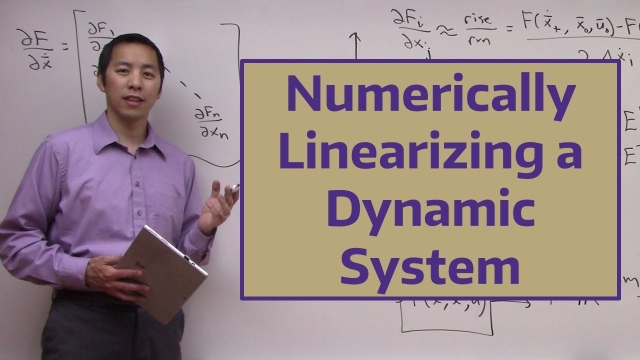
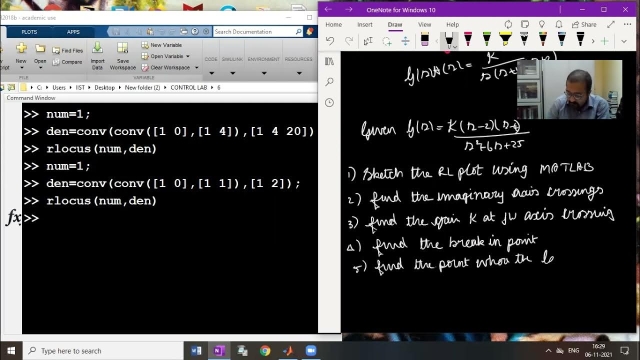


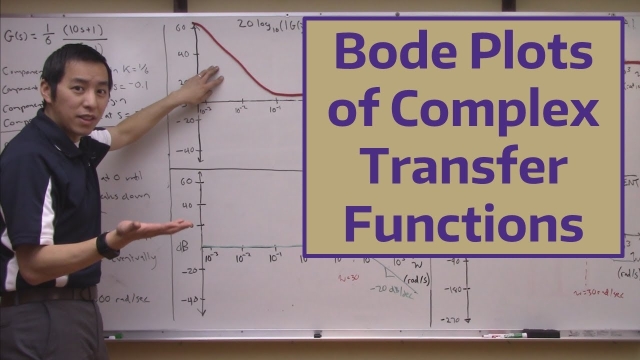
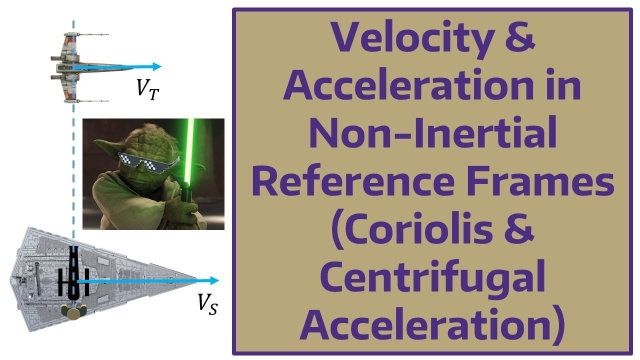
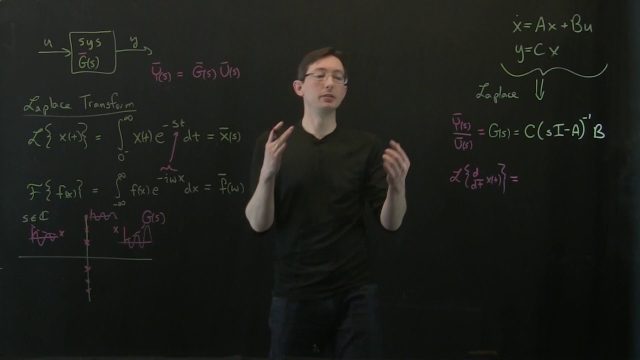
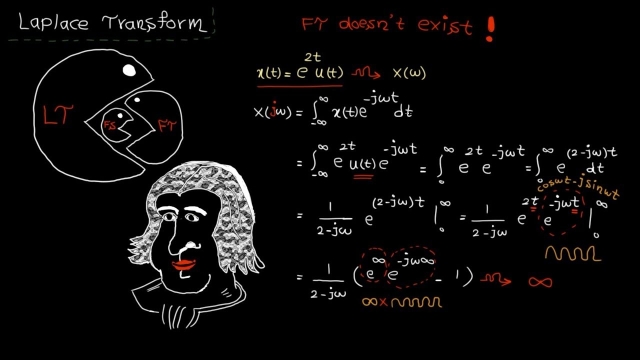
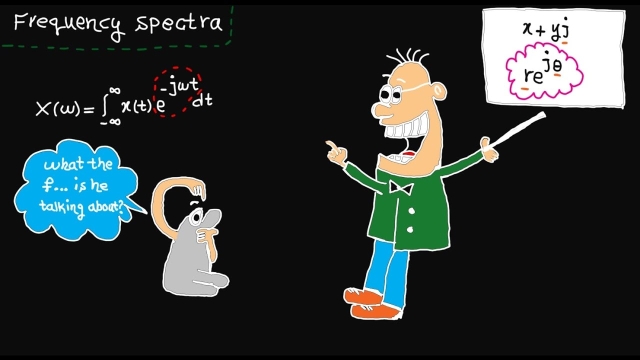
![Controllability [Control Bootcamp]](/sites/default/files/styles/search_resulkts/public/2020-12/maxresdefault_301.jpg?itok=H78kwaJN)
